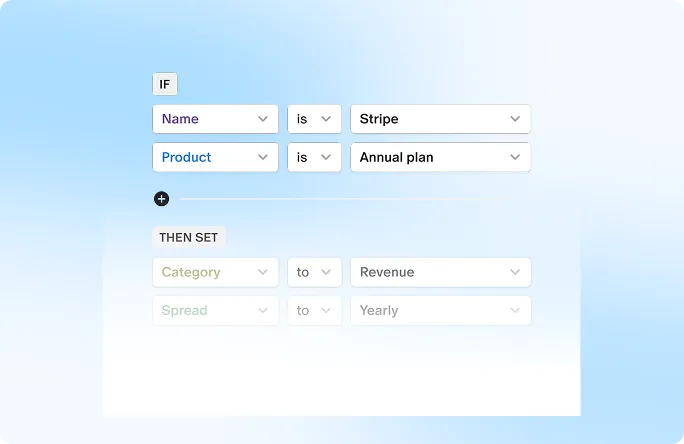Stock options are an interesting opportunity for both companies and investors within the context of business and financial markets. They offer unique opportunities to participate in the growth and success of a company without requiring a significant upfront investment.
Stock options serve as equity compensation, granting employees the ability to purchase a set number of shares at a predetermined price. They are commonly integrated into compensation plans by startups and corporations, allowing employees to partake in the company's success.
Unlike actual shares, they represent the right to buy company shares at a fixed price known as the grant, strike, or exercise price. If the stock's value rises, the difference can yield profits upon selling the purchased shares. Importantly, exercising stock options is optional, hence the term "options."
However, understanding the different types available is crucial for anyone looking to dive into these financial investments.
What are the different types of Stock Options?
The Types of Stock options can be primarily categorized as-
- Non-Qualified Stock Options (NSOs)
Non-qualified stock options are the most common type of stock options offered to employees as part of their compensation package. These options do not qualify for special tax treatments like incentive stock options (ISOs). When an employee exercises NSOs, they are required to pay ordinary income tax on the difference between the exercise price and the fair market value of the stock. With NSOs, you usually must pay taxes both when you exercise and sell.
- Incentive Stock Options (ISOs)
Incentive stock options are typically offered to executives and key employees to align their interests with the company's long-term performance. ISOs offer potential tax advantages, as the holder does not have to pay regular income tax upon exercising the options. However, to qualify for these tax benefits, certain conditions must be met, including holding the stock for a specified period after exercising the options.
Stock Options Forms:
Furthermore, these stock options are available in 2 different forms for investors-:
- Stock Call Option
A stock call option gives the holder the right to buy a specified number of shares of a particular stock at a predetermined price (the strike price) within a specific timeframe. Call options are typically used by investors who believe that the price of the underlying stock will rise before the option expires. If the stock price rises above the strike price before the option expires, the call option holder can buy the stock at the lower strike price and sell it at the higher market price, capturing the profit. However, if the stock price does not rise above the strike price before the option expires, the call option expires worthless, and the investor loses the premium paid for the option.
- Stock Put Option
A stock put option gives the holder the right to sell a specified number of shares of a particular stock at a predetermined price (the strike price) within a specific timeframe. Put options are typically used by investors who believe that the price of the underlying stock will fall before the option expires. If the stock price falls below the strike price before the option expires, the put option holder can sell the stock at the higher strike price and buy it back at the lower market price, capturing the profit. If the stock price remains above the strike price before the option expires, the put option expires worthless, and the investor loses the premium paid for the option.
Let's Work 0ut an Example
XYZ Inc. is a technology company whose stock is currently trading at $100 per share.
Stock Call Option Example
Alice, an investor, believes that XYZ Inc.'s stock price will rise in the next three months. She decides to purchase a stock call option.
Call Option Details
- Strike Price: $110
- Expiry Date: Three months from now
- Premium Paid: $5 per share
If the stock price rises above $110 before the option expires, Alice can exercise her call option.
Outcome
- If the stock price rises to $120, Alice can buy the shares at the lower strike price of $110 and sell them at the higher market price of $120.
- Her profit per share would be $120 (market price) - $110 (strike price) - $5 (premium paid) = $5 per share.
- However, if the stock price remains below $110 or does not rise significantly, Alice may choose not to exercise the option, and her loss would be limited to the premium she paid for the option.
Stock Put Option Example
Bob, another investor, has a different view. He believes that XYZ Inc.'s stock price will fall in the next three months. He decides to purchase a stock put option.
Put Option Details
- Strike Price: $90
- Expiry Date: Three months from now
- Premium Paid: $4 per share
If the stock price falls below $90 before the option expires, Bob can exercise his put option.
Outcome
- If the stock price drops to $80, Bob can sell the shares at the higher strike price of $90 and buy them back at the lower market price of $80.
- His profit per share would be $90 (strike price) - $80 (market price) - $4 (premium paid) = $6 per share.
- However, if the stock price remains above $90 or does not fall significantly, Bob may choose not to exercise the option, and his loss would be limited to the premium he paid for the option.
Note: Stock Options are not just granted orally; stock option grants follow a formal procedure. To understand more about how stock options are granted, read this blog.
Conclusion
Stock options play a significant role in modern finance, offering employees and investors alike opportunities for wealth accumulation, risk management, and portfolio diversification. Whether used as a form of compensation, an investment strategy, or a risk management tool, stock options can be powerful instruments in achieving financial goals and building wealth over the long term.
Understanding the different types of stock options and their respective characteristics is essential for making informed decisions and maximizing the benefits they offer. As with any financial instrument, it's advisable to consult with a financial advisor or investment professional before engaging in stock options trading or investment.


 Equity management
Equity management

 Fund management
Fund management

 Fund management
Fund management

 Fund management
Fund management



































